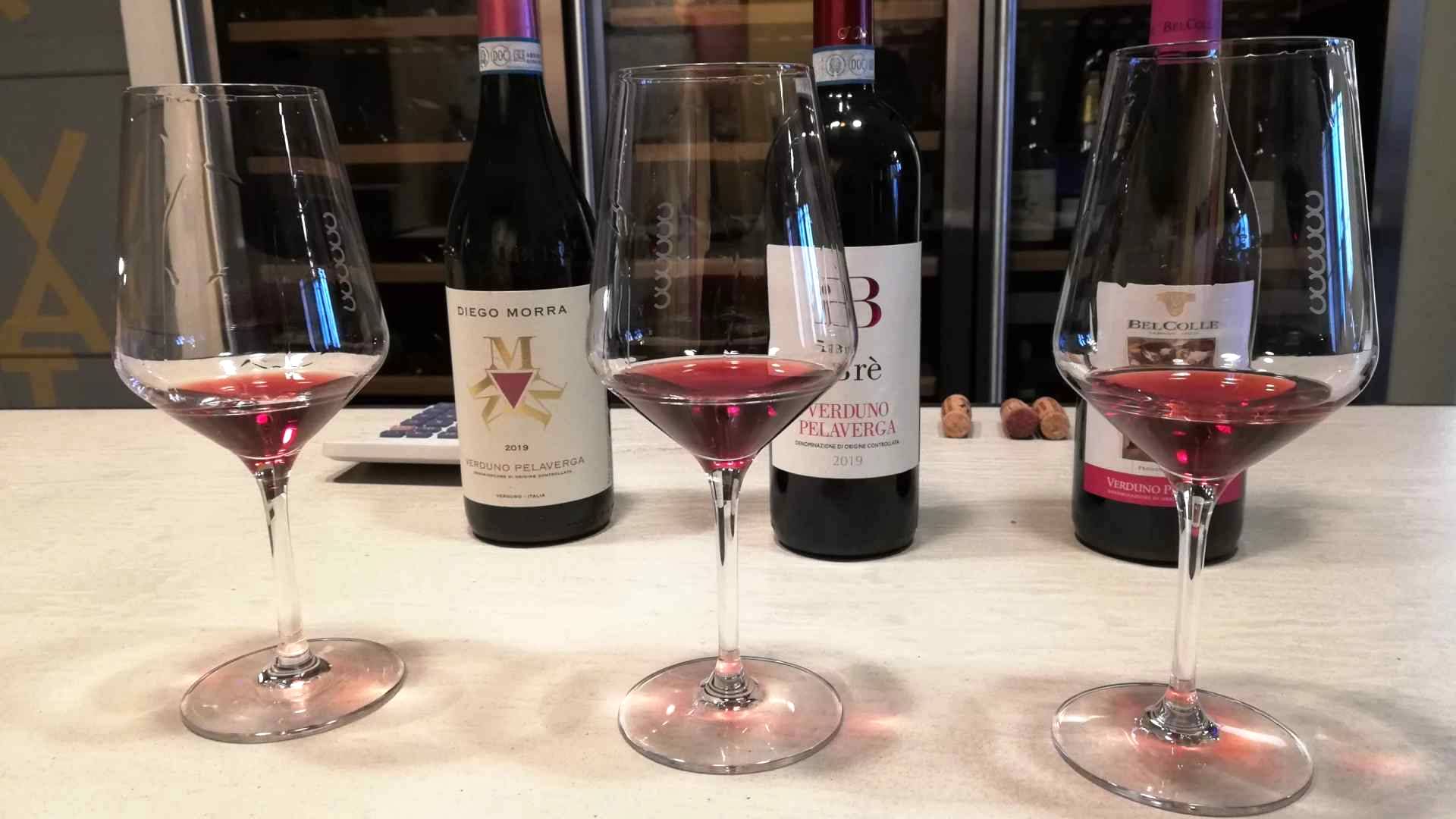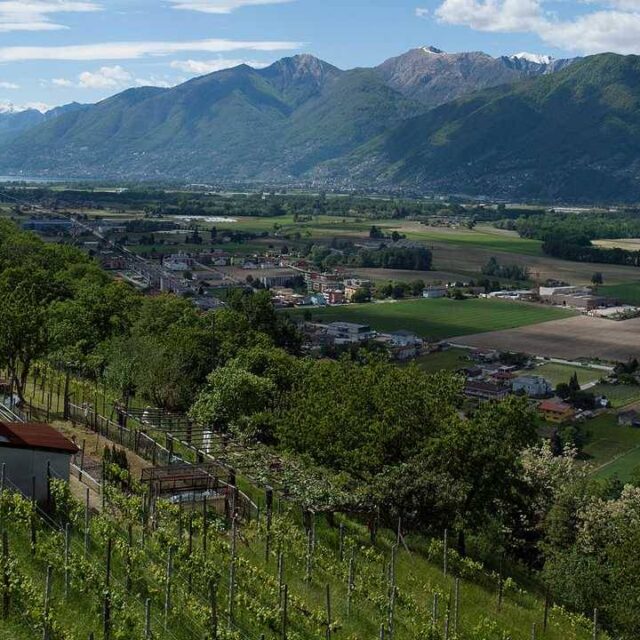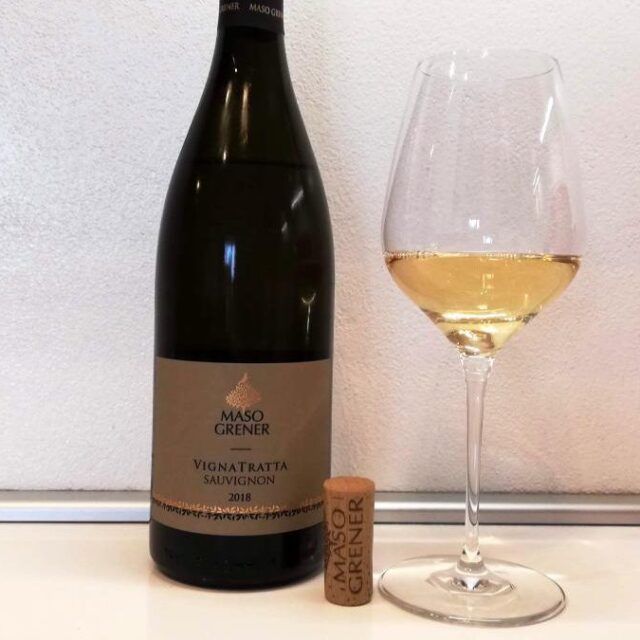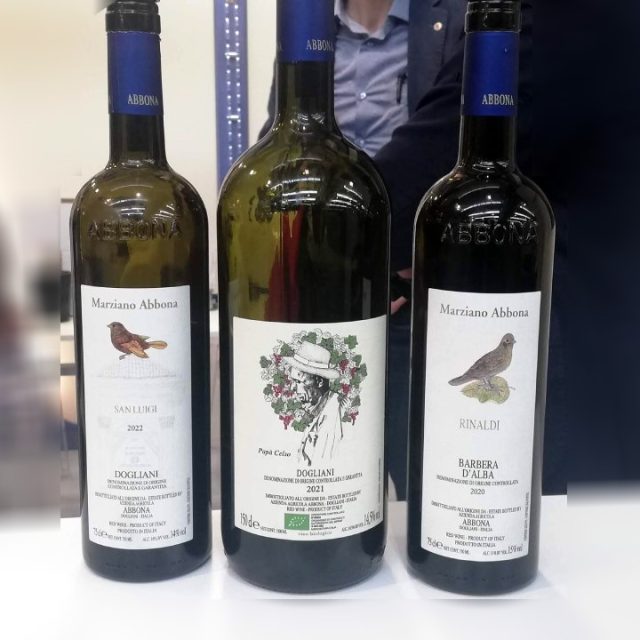Verduno Pelaverga or Verduno, is one of the smallest D.O.C.s of Italy, established in 1985, whose wine is made fron an ancient indigenous black grape variety, the Pelaverga piccolo.
The village of Verduno has Celtic origins (it means fertile hill) and it was already considered a holiday destination in Roman times by the patrician families of Alba Pompeia and Pollentia. During the Middle Ages, it was counted among the Bishop of Asti’s possessions, and then it was managed by the Abbey of Breme in Lomellina. In 1631, the village became part of the Savoy Duchy and was one of the most sophisticated and important residences of the Savoy family.
King Carlo Alberto in 1837, assigned the management of the property to General Paolo Francesco Staglieno (pioneer of the new Piedmontese oenology and oenologist of Count Camillo Benso di Cavour) with the goal of transforming it into a model winery.
Pelaverga piccolo is a very ancient vine variety, cultivated since immemorial time in the municipalities of Verduno, La Morra and Roddi d’Alba. The first news relating to Pelaverga piccolo in Verduno dates back to the end of the 15th Century; described as certain “black grapes” clinging to fruit trees, which at the time, served as a support for the cultivation of the vines. It would seem that a priest from Verduno, Beato Sebastiano Valfrè, at the beginning of the 18th Century, brought a bunch of Pelaverga cuttings from the Saluzzo area with him.
The cultivation of Pelaverga has always been characterised by a certain sporadicity, small vineyards here and there, with rows between those of Nebbiolo and Barbera. After risking extinction, starting in the ‘70s, thanks to some brave producers, the grape was rediscovered. Pelaverga picoolo began to be cultivated and vinified alone to get a wine with 100% original taste, and at the same time local restaurants started promoting this “rare wine”.
Pelaverga piccolo is a medium-late ripening grape, and can produce high yields, usually trained with a VSP system (Guyot). The soil is rich in limestone and marl, with a high clay content, and the vineyards are on hilly slopes with a maximum altitude of 500 metres.
This grape variety adapts to different conditions quite easily and thanks to its late budding it is able to resist well to spring frosts. The ripe cluster is medium-large, with a conical or pyramidal elongated shape with one or more wings, and the berries are blue-black with violet shades.
The Verduno Pelaverga or Verduno appellation is reserved for red wine obtained from Pelaverga piccolo (minimum 85%) where non-aromatic black grape varieties, suitable for cultivation in the Piedmont region, can contribute, jointly or separately, to a maximum of 15%. The grapes can be grown only in the municipality of Verduno and in parts of the municipalities of La Morra and Roddi d’Alba to a total of 22 hectares of vineyards.
I was warmly welcomed to Casa Ciabotto, a tavern with convivial cuisine, which is also the seat of the Municipal Winery, where it is possible to taste and buy wines of Verduno producers.
Here are the notes of the Verduno Pelaverga tasting:
Diego Morra – Verduno Pelaverga D.O.C. – 2019
Pelaverga piccolo 100%
The grapes are destemmed and softly pressed. Fermentation takes place at a maximum temperature of 25°C, with frequent pumping overs. Racking takes place one week after the end of fermentation in order to preserve the varietal aromas. Vinification, malolactic fermentation and aging are carried out exclusively in stainless-steel tanks for about 6 months.
- Look: clear, lively and brilliant ruby red, with purple reflections.
- Smell: medium intensity with aromatic nuances of strawberry and velvety spicyness.
- Taste: acidity balanced by smooth tannins, long finish, an elegant wine.
- Pairing: cured meats and aged cheese.
Producer: Diego Morra
I Brè – Verduno Pelaverga D.O.C. – 2019
Pelaverga piccolo 100%
Early October harvesting. Vinification and aging carried out exclusively in stainless-steel tanks for about 7-8 months. The wine ages for 2 months in the bottle before being released on the market.
- Look: clear, deep ruby red with purple reflections.
- Smell: good intensity with crunchy fruit aromas mixed with delicate varietal spicy notes of white pepper.
- Taste: soft and velvety, pleasant freshness and graceful tannins, with a medium-long finish.
- Pairing: traditional Piedmontese first courses with meat sauces.
Producer: I Brè
Bel Colle – Verduno Pelaverga D.O.C. – 2019
Pelaverga piccolo 100%
The label reproduces a painting by the Albese painter Pinot Gallizio (1902-1964), a man from Langa who loved the colours and flavours of this land.
- Look: clear, medium intensity ruby red with purple reflections.
- Smell: medium intensity with defined cherries and violet aromas, with intriguing white pepper notes to finish.
- Taste: lean and stimulating on the palate, with medium acidity and soft tannins.
- Pairings: tagliatelle with mushrooms.
Producer: Bel Colle






















































